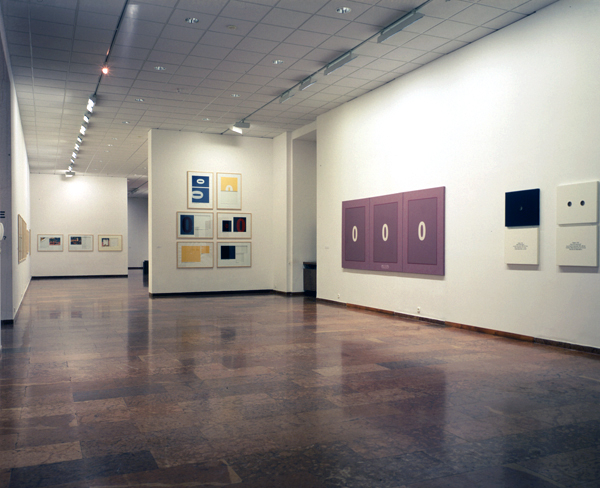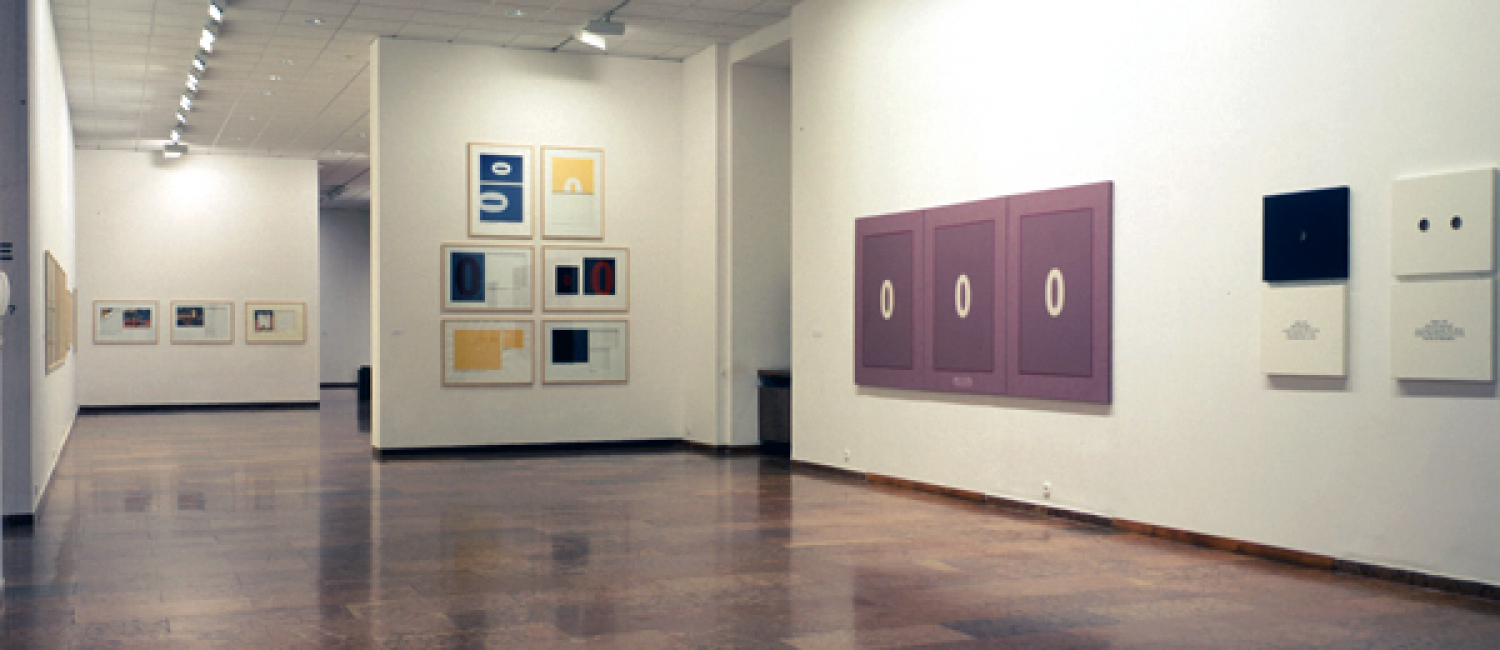Endre Tót, who was born in Sümeg, Hungary, and lived the first 40 years of his life behind the "Iron Curtain", considers it an omen to have been baptised in the "Sistine Chapel of the Rococo", surrounded by Franz Anton Maulbertsch's magnificent frescoes (1757-58). Indeed, Endre Tót became an artist, but, as Ken Friedman points out, his work is less a painterly than a philosophical achievement. Severed from the new developments in the West and repelled by the ideologically dictated understanding of art in his own country, Tót was forced, as it were, to look into the emptiness and face of "nothing" - and here he found his theme. Up to this day, he fills the void with his singular song.
Endre Tót became the artist we know when he ceased painting. Inspired by Fluxus and Nouveau Réalisme, he took the road towards conceptual art. He first won a name for himself in the West with Mail Art and Stamp Art: his youthful, laughing face, which he stamped everywhere together with the words "I am glad if I can stamp" has become almost a trademark. On his periodical trips to Western Europe in the 1970s, he not only executed wall drawings and written spaces, but also organised and performed actions.
In 1980, Endre Tót moved from Berlin to Cologne, where he began painting again. With many exhibitions in Cologne galleries and in the Kölnischer Kunstverein (with Martin Kippenberger) in 1991, he greatly enriched not only the local art scene but a one-man exhibition in Museum Ludwig was still overdue (Endre Tót was represented in its exhibition of the Speck Collection in 1996). Now, shortly before the millennium, the ideal time seems to have arrived, all the more considering the significance the artist places on time, the moment and on the turning point. Indeed, the silence at the turning point, as Ken Friedman suggestively entitles his essay, could have stood as motto of our exhibition dedicated to Endre Tót's "absent" works.
Museum Ludwig and Wallraf-Richartz-Museum also find themselves at the turning point, the latter moving into its new building next year. For this reason we welcomed Endre Tót's idea of incorporating paintings he particularly esteems from the Wallraf-Richartz-Museum into the exhibition as a sort of last rendezvous.
Just as welcome is the opportunity to show the exhibition in his home country, in the Museum of Contemporary Art - Ludwig Museum Budapest. Because our exhibition centers on the works created in the last years, it wonderfully complements and actualises the retrospective held in the Műcsarnok Budapest four years ago.

